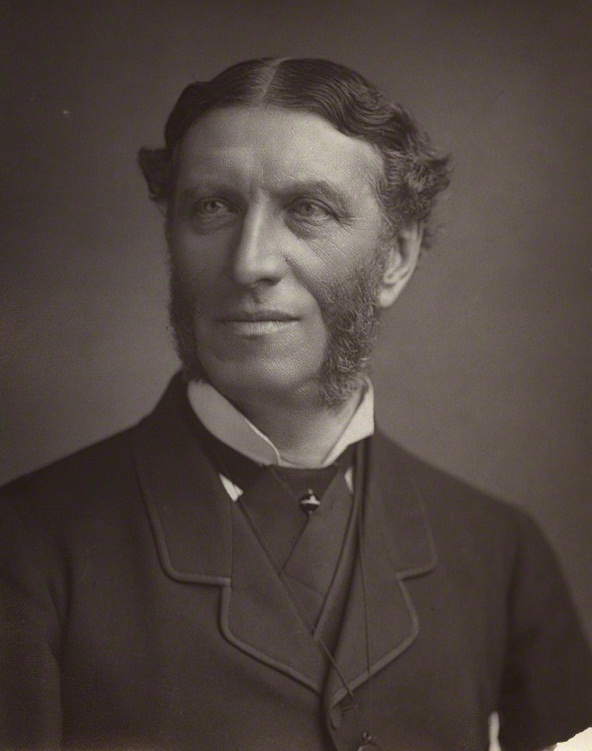Cultural Studies
What is Cultural Studies?
Cultural studies, interdisciplinary field concerned with the role of social institutions in the shaping of culture. Cultural studies emerged in Britain in the late 1950s and subsequently spread internationally, notably to the United States and Australia. Originally identified with the Center for Contemporary Cultural Studies at the University of Birmingham (founded 1964) and with such scholars as Richard Hoggart, Stuart Hall, and Raymond Williams, cultural studies later became a well-established field in many academic institutions, and it has since had broad influence in sociology, anthropology, historiography, literary criticism, philosophy, and art criticism. Among its central concerns are the place of race or ethnicity, class, and gender in the production of cultural knowledge. (Britannica Brian Duignan).
Cultural studies is a field of theoretically, politically, and empirically engaged cultural analysis that concentrates upon the political dynamics of contemporary culture, its historical foundations, defining traits, conflicts, and contingencies. Cultural studies researchers generally investigate how cultural practices relate to wider systems of power associated with or operating through social phenomena, such as ideology, class structures, national formations, ethnicity, sexual orientation, gender, and generation. Cultural studies views cultures not as fixed, bounded, stable, and discrete entities, but rather as constantly interacting and changing sets of practices and processes.
Cultural studies was initially developed by British Marxist academics in the late 1950s, 1960s, and 1970s, and has been subsequently taken up and transformed by scholars from many different disciplines around the world. Cultural studies is avowedly and even radically interdisciplinary and can sometimes be seen as antidisciplinary. A key concern for cultural studies practitioners is the examination of the forces within and through which socially organized people conduct and participate in the construction of their everyday lives. (Source: Click to read more).
Four Goals of Cultural Studies
- Cultural Studies transcends the confines of a particular discipline such as literary criticism or history.
- Cultural Studies is politically engaged.
- Cultural Studies denies the separation of 'high' and 'low' or elite and popular culture.
- Cultural Studies analyzes not only the cultural work, but also the means of production.
Five Types of Cultural Studies
- British Cultural Materialism
- New Historicism
- American Multiculturalism
- Postmodernism & Popular Culture
- Postcolonial Studies
Cultural Studies in Practice
- Reading 'Hamlet' - Two Characters: Marginalization with a Vengeance
- Reading 'To His Coy Mistress - Implied Culture versus Historical Fact
- Reading 'Frankenstein' - From 'Paradise Lost to Frank-N-Furter: The Creature Lives!
- I. Revolutionary Births
- II. Frankenpheme in Popular Culture
- Reading 'Writer & Market' - Hawthorne, Chetan Bhagat & their Markets
Limitations of Cultural Studies
Check your progress - online test
- Online Test 1: What is Cultural Studies? and Four Goals of Cultural Studies
- Online Test 2: Five Types of Cultural Studies
- Online Test 3: Cultural Studies in Practice [Hamlet and To His Coy Mistress]
- Online Test 4: Cultural Studies in Practice [Frankenstein and Author & the Market]








